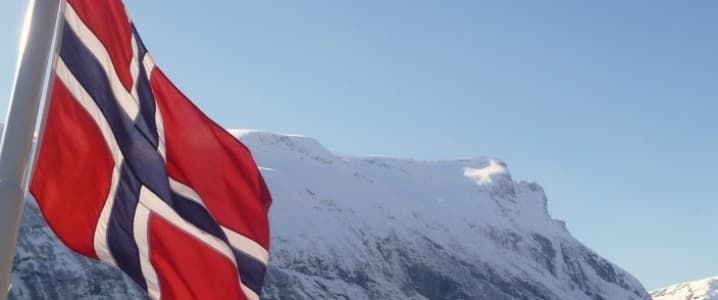Western Europe’s biggest oil and gas producer, Norway, is holding a general election next week—the outcome of which will be largely determined by the oil policies and oil-related economic issues that are taking the center stage in the debates and in voters’ minds ahead of an election that’s too close to call.
The Conservative Party currently in power in a coalition government and the opposition Labor Party—the two biggest parties—are neck-and-neck in polls. Whoever wins would probably need the support of smaller parties to form a government after the September 11 election. This may propel the small Green Party—which currently holds just one seat in the 169-seat Parliament—to the role of holding the key to forming a government, and kingmaker of Norway’s future economic choices and policies, if it stays true to its pledge to demand a high price for its support of a government.
For the oil industry, this is not such good news, because the Greens are strongly opposed to oil drilling, and propose to stop opening new oil and gas fields for exploration on the Norwegian Continental Shelf, and phase out petroleum activities over a 15-year period.
However, neither Conservative nor Labor support the idea to phase out oil production, an industry which is a big employer in Norway.
The scenic Lofoten archipelago will likely remain off-limits for oil exploration and development, no matter who the victor, because both parties would need coalitions to form a government after the election. And all the potential junior partners of both Labor and Conservative are strongly opposed to any meddling with the beauty of the Lofoten, Vesterålen, and Senja islands. Estimates have put the potential oil resources underneath the picturesque islands at between 1.3 billion and 3 billion barrels of oil equivalent, estimated to be worth US$60-65 billion at today’s oil prices. Related: Goldman Sachs: Oil Majors See Upside At $50 Oil
Potential development aside, the Norwegian oil and gas industry was hard hit by the oil price crash, with employment and government revenues dropping off 2013 highs. The petroleum sector—which accounts for 12 percent of Norway’s GDP and for 36 percent of the nation’s total exports—generated 40 percent lower revenues for the government in 2016 compared to 2015. Last year an estimated number of 185,300 people were directly or indirectly employed in the Norwegian petroleum sector, about 47,000 less than in 2013, or a decrease of around 20 percent. The number of people working in the oil and gas sector accounts for some 7 percent of Norway’s total employment.
So, it’s not surprising that in the western and southern parts of Norway, around the oil capital of the country, people want to know how each party plans to deal with oil policies and employment. According to Rune Veenstra, managing director at NorSea, which invests in port infrastructure to facilitate offshore oil activities, the election campaign is sending mixed signals on oil policies, which creates uncertainty for the industry that wants to plan long term.
“If we can’t have a clear direction, it is no good for anyone,” Veenstra told Reuters.
Meanwhile, the ruling Conservatives have been closing the gap with Labor in polls in recent weeks, especially after Statistics Norway said on August 24 that mainland Norway’s GDP increased by a seasonally adjusted 0.7 percent in the second quarter of 2017, posting the same growth as in Q1. “The recovery came after two and a half years with weak growth,” the statistics bureau said. Conservatives took credit for the economic recovery.
The latest poll by TV2 from September 3 showed Conservative and Labor both with 26.1 percent of voting intentions, with the current Conservative ally in government, the Progress Party, third at 14.7 percent. The Greens have been polling at between 3 percent and 6 percent in the past two months, according to various pollsters’ results compiled by Reuters. Even if they win more than the single seat in Parliament that they currently hold, they are unlikely to persuade either of the two big parties to put an early end to the industry that employs 7 percent of Norway’s almost 2.8 million-strong labor force.
By Tsvetana Paraskova for Oilprice.com
More Top Reads From Oilprice.com:
- These Numbers Suggest Yet Another Surge In The Permian
- Is This Country About To Revive Biofuels?
- The Next Step In Mexico’s Oil & Gas Privatization Push

















